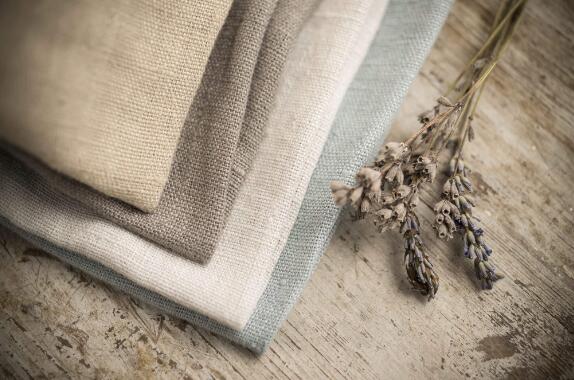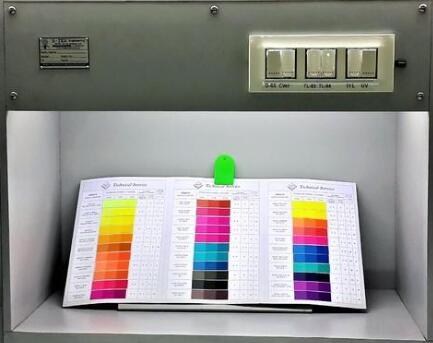How to test the quality of linen fabric?

Linen fabric is a high quality, breathable and moisture-wicking natural fibre fabric. When buying and using linen fabrics, it is important to know how to test the quality of linen fabrics.
Here are some ways to test the quality of linen fabrics:
1. Look at the colour: good quality linen fabrics are evenly coloured, glossy and naturally coloured. If the colour is uneven or there are white spots or other colour problems, it means it may be poor quality linen fabric.
2. Look at the lustre: good linen fabrics are glossy and have a natural sheen. If the fabric has no lustre, it may be due to excessive ironing or chemical treatment of the fabric.

3. Touch: touch the linen fabric with your hands, it should have a soft, smooth feel and no hard parts. If it feels rough, uncomfortable or inconsistent to the touch, it means it may be an inferior linen fabric.
4. Look at the breathability: good quality linen fabrics are breathable and may have some wrinkles when first used, but will gradually return to their original shape after a period of use. In the same area, light and thin and transparent fabrics than heavy and opaque fabrics of better quality.
5. Look at the water absorption: good linen fabrics are highly absorbent, can absorb a lot of water, and do not feel wet. This characteristic is due to the linen fibre itself has a very good water absorption, so the poor water absorption of the fabric indicates that it may be a linen blend containing fewer components or poor quality fabrics.
The following are some of the equipment used to test the quality of linen fabrics:
1. Colour Matching Cabinet: this is a kind of equipment used to test the colour of the fabric, which can detect the uniformity of the colour of the linen fabric, the brightness of the colour and whether it is consistent with the sample.
2. Fabric feel tester: this is a device that can measure the twist, density and thickness of linen fabrics and other properties, and can detect the softness and texture of linen fabrics.

3. Wet and dry friction tester: this equipment can test abrasion resistance, tear strength and ageing resistance of linen fabrics, as well as their performance in wet or dry environments.
4. Electronic balancer: The electronic balancer can be used to measure the quality and length of linen fabrics, as well as to calculate the linear density and yarn count of the yarn and other indicators.
5. Reflectometer: the reflectometer can test the performance of linen fabrics such as moisture absorption and breathability, and can also detect its reflectivity to ensure the safety of products used at night.
6. Splint: splint is a universal tool and equipment, can be used to test the tensile and bending ability of linen fabrics and other physical properties.
All the above equipment can help customers to test the performance of linen fabrics and prevent the purchase of low-quality products.
In short, these methods are the more common methods of testing the quality of linen fabrics, and consumers can check them to ensure that the linen fabric they buy is of high quality.
2023-03-10 10:44


